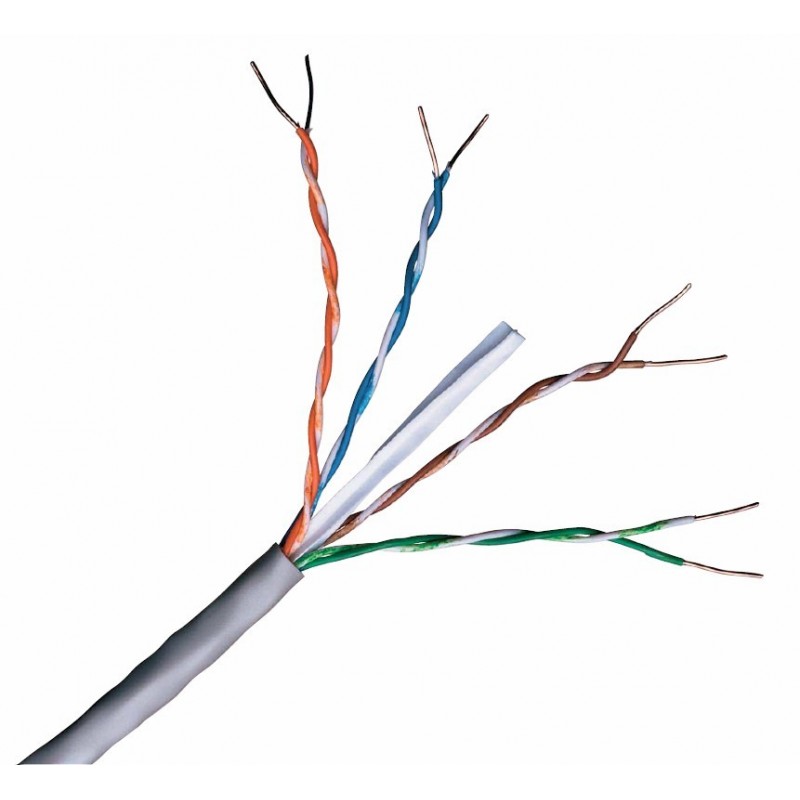Associate
- Joined
- 4 Jul 2006
- Posts
- 2,354
I was contemplating taking a punt and doing my own ethernet cables as there is one location that the size of an RJ45 cable wont fit through, how difficult is this? If its relatively easy once you get the hang of it id give it a try but any and all advice would be great on compatible products such as connectors to cabling and what is a good reliable brand etc etc.
I have watched some youtube videos and it seems simple enough.
I need a bigger network switch so was contemplating getting a POE one if I could power another POE switch with it, I was thinking about doing a switch down into the cupboard down the stairs for the solar equipment and then running a line through the waffle block into extension where the squares are big enough for cabling but not the connector.
I have watched some youtube videos and it seems simple enough.
I need a bigger network switch so was contemplating getting a POE one if I could power another POE switch with it, I was thinking about doing a switch down into the cupboard down the stairs for the solar equipment and then running a line through the waffle block into extension where the squares are big enough for cabling but not the connector.
Last edited:



 (for years I used an ancient CB aerial).
(for years I used an ancient CB aerial).